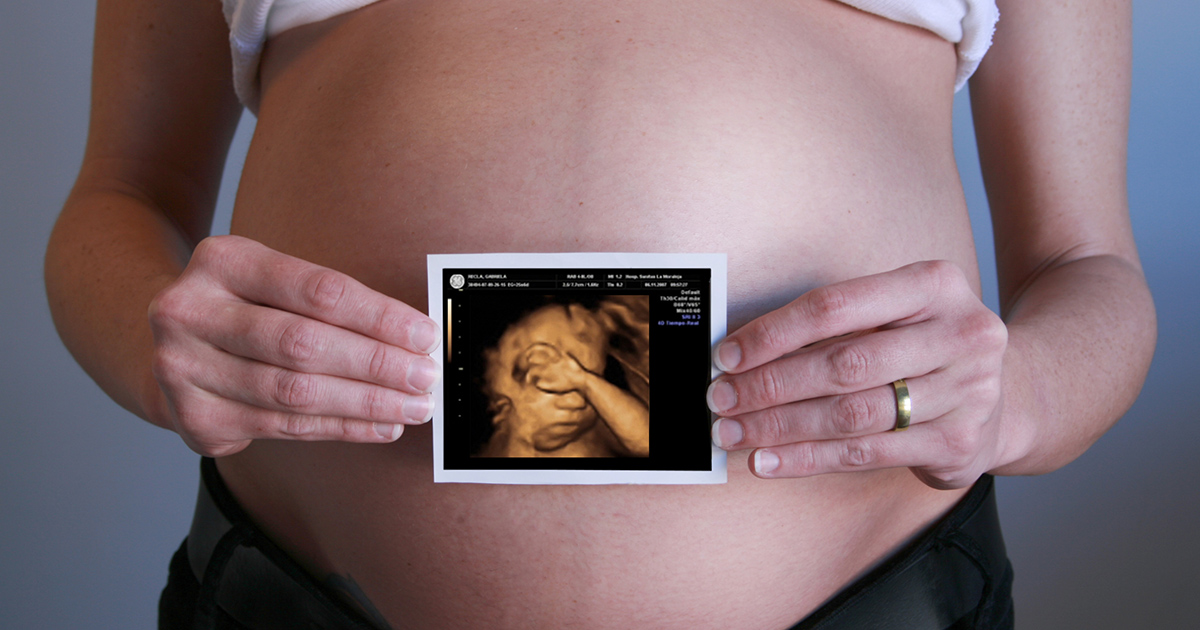An Overview Of Autism Spectrum Disorder (ASD)
What Are The Environmental Factors And Causes Of ASD?

Many environmental factors have been considered to be linked to autism during prenatal life. Bacterial and viral infections in the mother during pregnancy have been found to increase the risk of autism in her offspring vaguely.
Other factors associated with autism spectrum disorder as contributing factors include the mother having a folic acid deficiency during conception, gestational diabetes, and the use of certain antidepressants. However, not enough substantial evidence has been found to support these connections to ASD. There have also been many rumors on vaccinations being linked to the cause of autism. However, the CDC debunked this rumor in 2013.
Now knowing the environmental and genetic factors that contribute to ASD, keep reading to learn about how doctors reach their diagnosis.
Diagnosing Autism Spectrum Disorder

Often extreme cases of ADHD can be mistaken for ASD, as the symptoms can be quite similar. The symptoms of ASD vary from patient to patient, but there are many signs parents and doctors can keep an eye out for. Some of the signs include the baby not babbling or pointing by a year old, not saying single words by sixteen months or two-word phrases by two years old, no response to calling their name, poor eye contact, loss of communication or social skills, as well as no smiling or social responsiveness.
Some symptoms that may occur later include a difficulty making friends and sustaining conversation, repetitive language, intense and focused interest, and preoccupied with specific subjects or objects.
Continue reading to learn about the tests and examinations a doctor may conduct to diagnose ASD.
